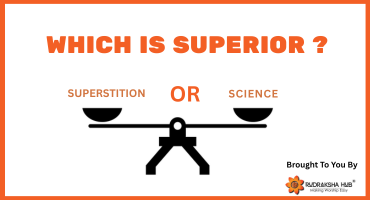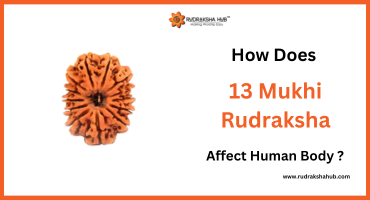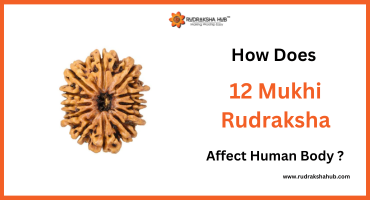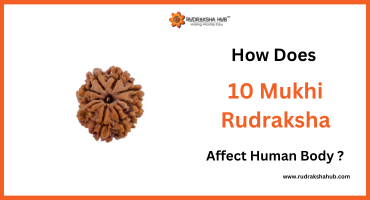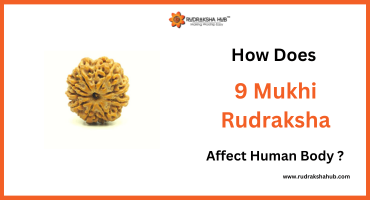
Mahashivratri or the auspicious night of The Rudra, the night when Lord Shiva performs the heavenly dance. This day marks the importance of overcoming darkness and ignorance in life and the world. There are several folklores, stories, traditions, and customs that make this festival one of the most important ones in the Hindu calendar.
There is a custome associated with it for the devotees to be awake all night, chanting prayers, fasting, and meditating. Mahashivratri marks the day of belief, faith, redemption, and forgiveness. It is believed to be the amalgamation of two strong forces in the universe is Shiva and Goddess Shakti.
The story behind the celebration of Maha Shivratri
Among the several stories revolving around mahashivratri, one states, at the time of Samudra Manthan, among other things as amrit, wealth, treasure, wisdom, a pot emerged from the ocean which consists of poison or vish. All the Gods and demons were terrified as the vish had the power to destroy the entire world, Gods ran to Lord Shiva for help. To protect the entire world from the evil effects, Shiva drank the entire poison and held it in his throat instead of swallowing it. Due to this, his throat becomes blue and so he, to this day is also known as Neelakantha. Shivratri is celebrated as an event due to which Shiva saved the world drinking vish.
One of the other stories passed down the ages has been, Shiva granted Goddess Paravati, an avatar of Shakti, and wished to marry him as he was impressed by her devotion. On a moonless night, the goddess observed fast for his good health after their marriage. Today also, this ritual is followed by an Indian woman and prays for the long life of their husbands. It is celebrated as the day when lord Shiva and got married to Goddess Parvati and this day marks as the marriage anniversary of the deites.
Last among the stories associated to mahashivratri has it’s roots in Shiv Purana, A long time ago, the maker, Brahma and the protector, Vishnu were fighting among themselves for the chair of superiority. Other Gods were terrified and so they went to Lord Shiva to intervene as two among three tridevas were fighting. Shiva took the form of a massive fire that spread across the length of the universe. Both the former dieties, drenched in their ego had to prove they were superior than the other, soon they realized their was no end to this fire suggesting their was no end of ego. But brahma was not ready to accept the defeat. So, for this Brahma assumed the form of a swan and went upwards on the other hand Vishnu assumed as Varaha and went into the earth. But the fire has no limit and they searched thousands of miles but couldn't found the end. Halfway through, Brahma came across a Ketaki flower and thought of taking a shortcut and look the flower with him to witness his victory in return of the promise that it will be offered to Brahma as his favourite.
At this, Shiva revealed the true form and became angry. Brahma lied and proudly was standing in defence of it. So, he was punished by Shiva for telling a lie and cursed that no one will pray for him. Even Ketaki flower was banned from being used as an offering for any worship. Since it was on the 14th day in the dark half month of Phalguna when Shiva first manifested himself in the form of a Linga. The destroyer came to the rescue of the world yet again when the ones looking after the world had growing hunger for power and status.
Celebrations throughout the country and their varied customs
India is known to be a land of diversity and one sees the change in dialects, food, language, clothes, traditions ,and customs in as less as a few miles. Mahashivratti is celebrated throughout the country with various same and quite a few different traditions and customs.
Madhya Pradesh had a very old custom of taking a bath in the Shiv Sagar Tank in Khajuraho and vising the shiv temple right across the tank.
West Bengal has a age old tradition of fasting throughout the day. Devotees make the four idols of the Lord with the assistance of sand bought from the devout Ganga River. The Shivlings are then worshipped at four various times with milk at first, followed by curd, then the third time, the lingam is bathed with ghee and then finally with honey. On the next day, the devotees worship the Lord and serve food to the people to break their fast.
Jammu Kashmir celebrates the Maha Shivratri for time duration of 21 days or three weeks. Two vessesls symbolizing Goddess Parvati and Lord Shiva are filled with water and pecans. On the third day, the pecans are taken out from the pot and distributed among members of the family as “Prasada”.
Himachal Pradesh The biggest puja of the night is carries on in the temple of Bhutnath situated in Mandi in the state of Himachal Pradesh. Each year on this auspicious day the Governor of the state drives a Shobha Yatra at celebration inaugurated by the Chief Minister. This tradition was introduced by the royal family of Mandi almost 500 years ago. An eight-day-long Mela is likewise organised where many artish showcase their talent making this festival integrated with art.
Mauritius It is believed by Mauritian folklore that the water of the Grand Bassin, or Ganga Talao, springs from the water of River Jahnvi, thus making it a part of Ganga and one of the holiest places in this island country. Every year, Hindus in Mauritius start a journey on foot to reach the Talao, which is deep in a forest in the district of Savanne.The biggest statue on the island of Mauritius is a 108 feet statue of Shiva, at the Ganga Talao.
This is a night reserved for self-reflection and introspection for the purpose of growing and leaving behind all things that hinder our success.
Mark Twain, the English author and literature; once said, “Benaras is older than history, older than tradition, older even than legend and looks twice as old as all of them put together”.
Kashi, Banaras or Varanasi is the oldest inhabited cities in the world and also is said to be the city of the Lord Kailashnath, our shiva. All the shiva temples are beautifully decorated on the day, a marriage procession or Shiv Baraat of Lord Shiva is taken out starting from Mahamrityunjaya Temple, Daranagar to Kashi Vishwanath Temple. This particular festival holds immense importance in this city and it’s highly doubtful that you’ll ever find a place more beautiful than Shiva’s own Kashi on Mahashivratri.
Two names associated with varanasi happens to be Ganga and Shiva, making this festivals the most joyous of all. There is a strong atmosphere of devotion in varanasi as many pilgrims come from all over to spend their last days living in this city, bathing in the sacred Ganges, visiting temples, and having darshan of the deities, all for spiritual purification.
Legend speaks of Maha Shivaratri as the night when Shiva performs the dance of creation, preservation and destruction. The chanting of hymns, the reading of Shiva scriptures by devotees joins this cosmic dance. Mahashivaratri is marked by annual dance festivals at major Hindu temples Konark, Khajuraho, Pattadakal, Modhera, and Chidambaram. Nataraja – the supreme god of dances – is also another form of Lord Shiva. Lord Shiva’s dance forms, tandava and lasya are performed in different forms by classical dancers with respect for the God.
So, this mahashivratri, get to know the story of the destroyer, devadidev Shiva. Celebrate the day with zeal and enthusiasm with the traditions known to your region or adopt the ones mentioned above.
ॐ त्र्यम्बकं यजामहे सुगन्धिं पुष्टिवर्धनम् |
उर्वारुकमिव बन्धनान्मृत्योर्मुक्षीय माऽमृतात् ||
We worship the three-eyed One, who is fragrant and who nourishes all.
Like the fruit falls off from the bondage of the stem, may we be liberated from death, from mortality.
Har Har Mahadev!!

